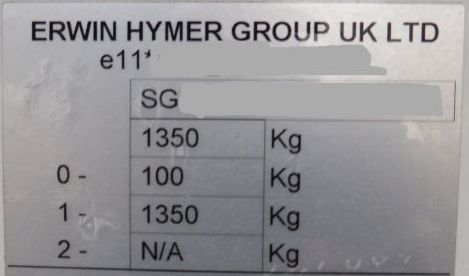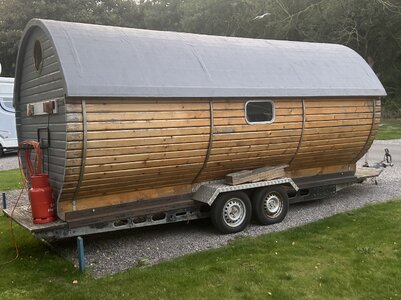- Jun 20, 2005
- 20,224
- 5,435
- 50,935
Been there seen it done it !
MIRO is NOT a legally binding number.
Why it features on the caravan weight plate is not recorded or explained anywhere, ie HMG or the NCC.
MTPLM as quoted on the caravan weight plate is the only number we need to be concerned with to remain legal.
13 years ago this very subject was ragged to death on here by most of us
 forums.practicalcaravan.com
forums.practicalcaravan.com
MIRO is NOT a legally binding number.
Why it features on the caravan weight plate is not recorded or explained anywhere, ie HMG or the NCC.
MTPLM as quoted on the caravan weight plate is the only number we need to be concerned with to remain legal.
13 years ago this very subject was ragged to death on here by most of us
Plated weights question
Does the plated weights MIRO & MTPLM have any legal standing in law as the MTPLM seems to be a phrase only used in the caravan industry. There is no reference to it in the Road Traffic Act or Construction and Use. Also it seems that the plated weight that VOSA would check is the one on the...





